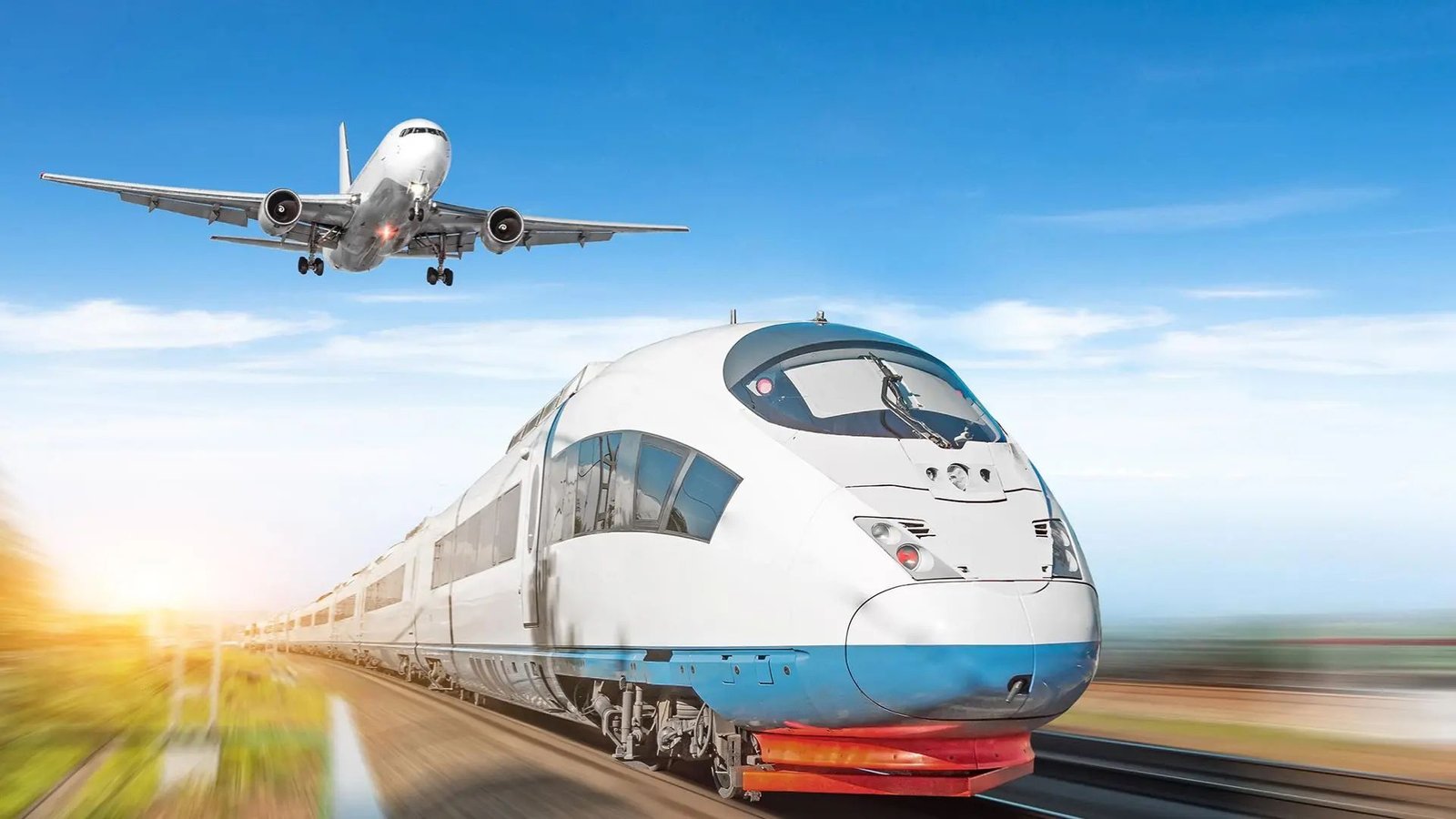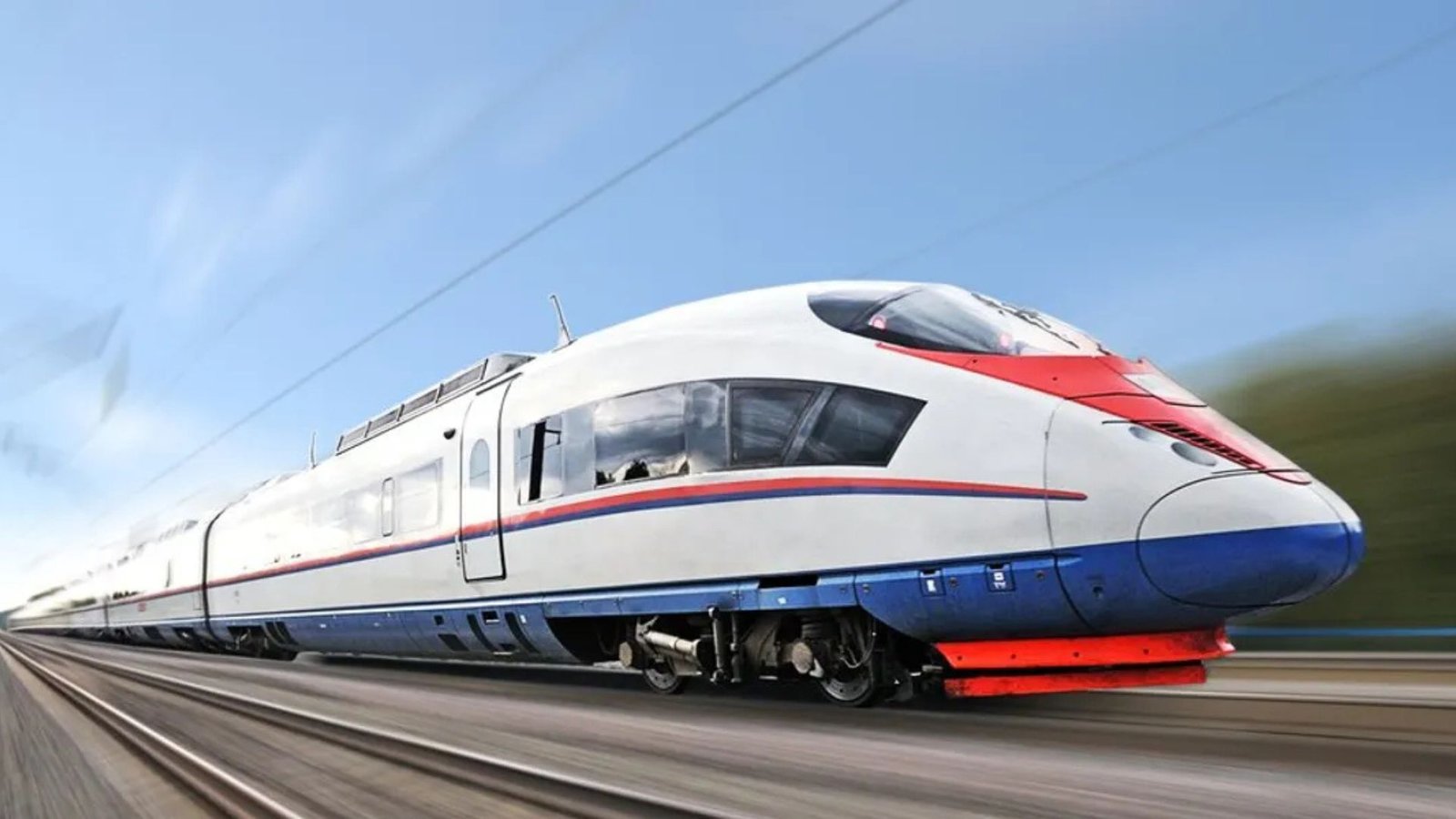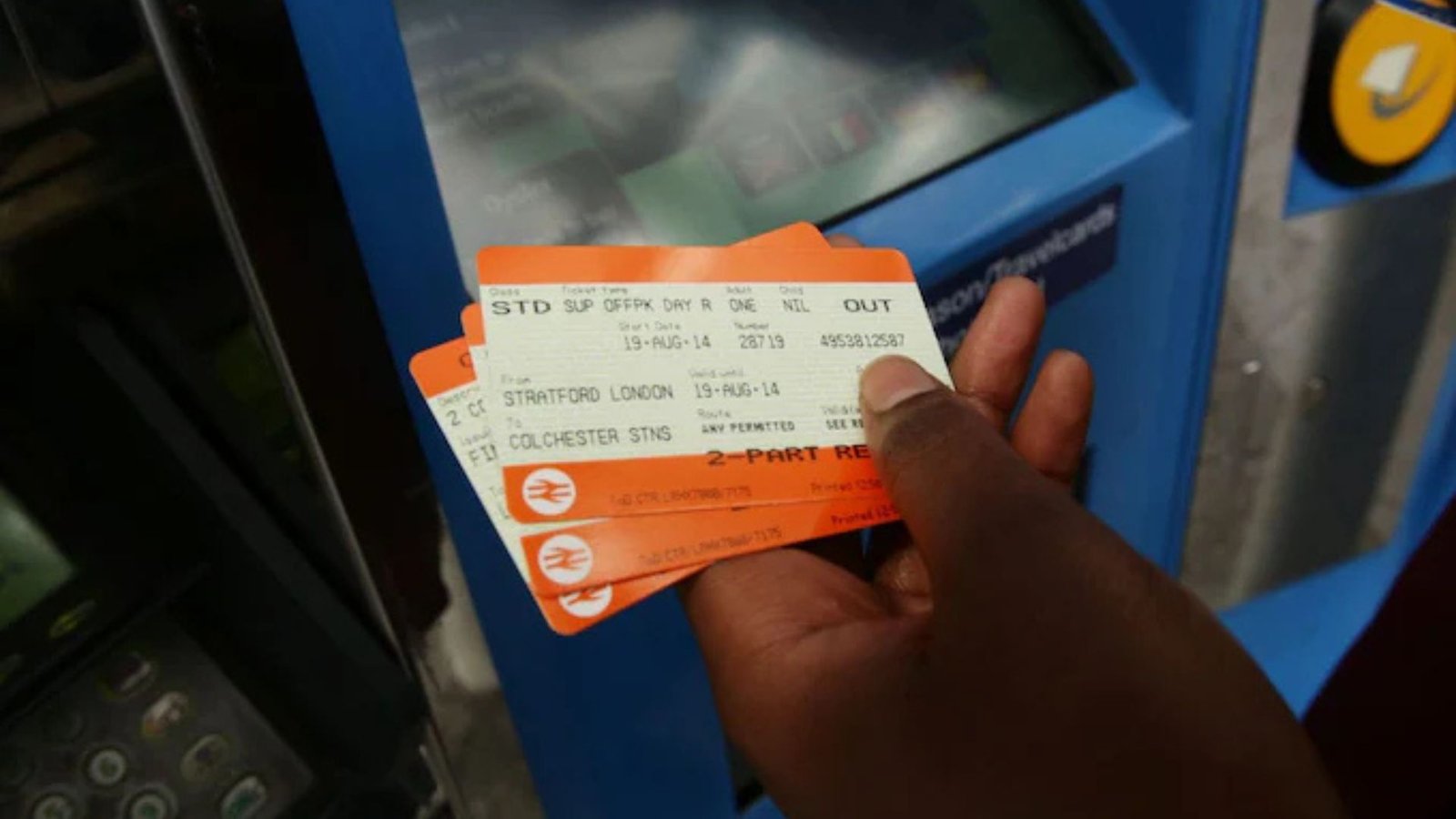In a world where air travel is often the go-to option for long-distance journeys, trains are making a significant comeback as a preferred mode of transport. From their environmental benefits to the comfort and convenience they offer, there are numerous reasons why trains can be a superior choice compared to planes. Let’s explore why trains are often the better option for travel.

Environmental Benefits
Lower Carbon Footprint
One of the most compelling reasons to choose trains over planes is their significantly lower environmental impact. Trains are more energy-efficient and produce far fewer carbon emissions per passenger mile than airplanes. While planes are responsible for a large percentage of global greenhouse gas emissions, trains offer a much greener alternative.
Sustainable Energy Options
Many countries are increasingly powering their trains with renewable energy sources, making rail travel even more sustainable. In contrast, planes rely on fossil fuels, contributing to pollution and climate change. By opting for train travel, you can help reduce your carbon footprint and support more sustainable transportation options.
More Comfortable and Spacious
Freedom to Move
When traveling by plane, space is limited, and passengers are often cramped in small seats for hours at a time. On trains, however, you have more room to move around, stretch your legs, and even walk through different carriages. The ability to get up, walk, and explore the train makes for a much more relaxed journey.
Larger Seats and More Legroom
Train seats are generally much more spacious than airplane seats. You can enjoy extra legroom and wider seating, which means you won’t feel as cramped or uncomfortable, especially on long journeys. Additionally, many high-speed trains offer reclining seats and a more luxurious experience in first-class cabins.
No Stressful Security Checks or Long Wait Times
Faster Boarding Process
Train stations typically have less stringent security checks compared to airports. You won’t have to deal with long security lines, take off your shoes, or remove electronics from your bags. In most cases, you can arrive at the station just 20-30 minutes before departure and still catch your train without much hassle.
No Need for Early Arrivals
Airlines generally require you to arrive at the airport two to three hours before your flight. In contrast, trains tend to have much more flexible boarding times, allowing you to show up just minutes before departure. This can save you a lot of time and stress, particularly if you’re in a hurry.
Direct Routes and City-Center Locations
City-to-City Connections
Airports are often located outside the main city centers, requiring long commutes to get to and from your flight. In contrast, most train stations are located directly in the heart of cities, making it easy to hop on and off your train without wasting time on transportation to an airport.
Fewer Layovers
Flights often involve multiple layovers and connections, which can lead to delays and wasted time. Trains, however, offer more direct routes, meaning you can travel from city to city without the need for multiple stops. This makes rail travel much more efficient, especially for shorter journeys.
Scenic and Relaxing Journeys
Beautiful Landscapes
One of the biggest advantages of train travel is the opportunity to enjoy stunning views along the way. Whether you’re traveling through picturesque countryside, across mountain ranges, or along dramatic coastlines, trains offer a scenic experience that you simply can’t get on a plane. Airplanes are limited to high-altitude views, and the sights from the ground level are far more engaging and immersive.
Stress-Free Atmosphere
Unlike the rushed and often stressful atmosphere of airports, train stations tend to have a more relaxed vibe. Once aboard, you can enjoy the scenery, read a book, or simply relax without the anxiety of catching a flight. The smooth motion of the train adds to the calm and tranquil experience, unlike the turbulence often associated with flying.
More Flexible Baggage Allowances
Easier Baggage Handling
Most train services offer more generous baggage allowances compared to airlines, where fees for checked luggage and carry-ons can add up quickly. Trains typically allow passengers to bring more bags without charging extra fees, and you can keep your luggage with you in your seat or in designated storage areas without worrying about weight limits.
No Hidden Fees
Airlines often impose additional fees for checked luggage, seat selection, and even food and beverages. In contrast, trains generally offer transparent pricing with no surprise charges. You can enjoy your journey without the fear of hidden fees inflating the cost of your trip.
Conclusion
While planes are essential for long-distance international travel, trains provide numerous advantages for many other trips. They are more environmentally friendly, comfortable, cost-effective, and offer more flexibility than air travel. With fewer delays, more direct routes, and the opportunity to relax while enjoying scenic views, trains often deliver a far superior experience than flying. Whether you’re traveling short or medium distances, choosing the train is a great way to enhance your journey.




